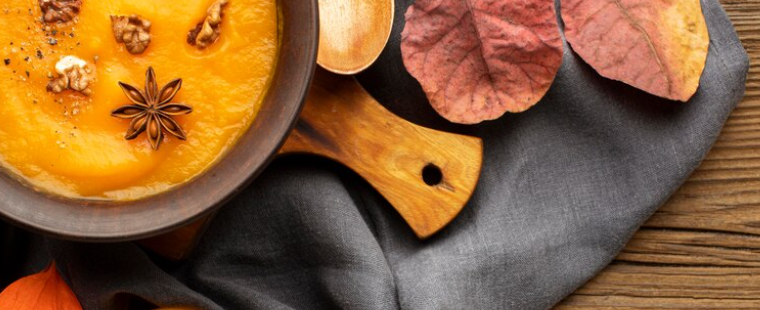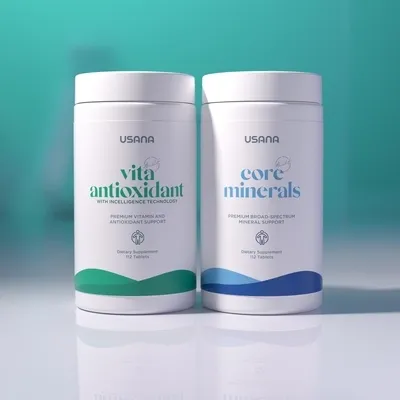What is used to make maple syrup?
Ingredients: Sugar, xanthan gum, maple syrup, mustard (vinegar, water, mustard seed, salt, paprika, turmeric, and natural flavour), and spice. processed using machinery also used to process soy, egg, and anchovy goods.
This meal is ideal if you’re wanting to get more salmon into your family’s diet. While my youngest daughter isn’t quite sure about salmon yet, my oldest daughter has liked salmon since she was a baby.
My youngest doesn’t always enjoy the salmon I make for him once a week. But this dish for salmon, she could not stop eating it! It was a huge success, and I believe the deliciously savoury and sweet maple mustard glaze was the main cause.
I don’t mind if it took something a little sweet to convince her to eat her fish! She still received the wonderful combination of vitamins, minerals, protein, omega-3 fatty acids, and antioxidants from the maple syrup to go along with this delicious fish dish! I hope you all enjoy this easy lunch as much as we did—I will definitely be preparing this recipe again.
I paired this with some “cheesy” millet and a side of steaming peas and butter (we consider butter to be a superfood; check out Sally Fallon’s book Nourishing Traditions for all the details). Only because rice, even organic rice, has a tendency to contain high levels of arsenic, do I prefer millet to rice?
Salmon Baked with Maple Mustard.
SETUP TIME: FIFTEEN minutes TIME TO COOK: 20 minutes SERVES: 4–6
- Two pounds of salmon
- Two teaspoons mustard in the Dijon style
- Two teaspoons of pure maple syrup
- Half a teaspoon of paprika
- Half a teaspoon of coarse salt
- freshly spilt pepper
- One tsp of extra virgin olive oil
Getting Ready
- Turn the oven on to 375 degrees.
- The fish should be placed on a baking sheet and left alone.
- In the meantime, make the sauce by putting all of the ingredients in a bowl and whisking them together until they are smooth. Pour half of the sauce over the salmon and rub it in with your hands. After the salmon has baked for fifteen minutes, take it out of the oven. Pour the remaining sauce over the salmon and simmer for a further 3 to 7 minutes, or until the salmon is just cooked through, depending on its thickness. The ideal interior temperature is 145 degrees Fahrenheit.
- Accompany your preferred side dishes!
Why is maple syrup so well-known?
Indigenous peoples have relied on maple syrup for thousands of years, as it helps to maintain them. It served a variety of functions, including those of a sweetener, anaesthetic, curing meat preservation, and finally as a trade good.
What advantages does maple extract offer?
The antibacterial, antimicrobial, antimutagenic, anti-inflammatory, and antiproliferative properties of maple products contributed to their health-promoting qualities.
Which maple syrup-related facts are interesting?
- Quebec produces the majority of the maple syrup used worldwide.
- Syrup is made from just three types of maple trees.
- Up to fifteen gallons of sap can be produced annually by a single tree.
- Maple sap in 40 gallons makes 1 gallon of syrup.
Compiling
Although they have undergone some streamlining since colonial times, open pan evaporation techniques essentially stay the same. To make syrup, sap must first be gathered and cooked down. Depending on the concentration of the sap, 20 to 50 volumes must be boiled over an open flame to produce 1 volume of syrup; this process typically occurs at a temperature that is 4.1 °C (7.4 °F) above the boiling point of water.
The right amount of pure water is measured at the location where the syrup is being made, every time evaporation is started, and at regular intervals during the day because the boiling point of water varies with variations in air pressure.
You can either boil the syrup completely over a single heat source or can be drawn off into smaller batches and boiled at a more controlled temperature.
The procedure of boiling the syrup is strictly regulated, guaranteeing the right amount of sugar. Overboiled syrup will gradually crystallise, whereas under boiled syrup will be runny and go bad fast.
According to the Brix scale, which is a hydrometric scale used to quantify sugar solutions, the final syrup has a density of 66°. After that, the syrup is filtered to get rid of the “sugar sand” crystals that formed, which are mostly composed of sugar and calcium malate. Though not harmful, these crystals give the syrup a “gritty” texture if they aren’t removed by filtering.
Many major growers also utilise the more fuel-efficient reverse osmosis process to remove the water from the sap in addition to open pan evaporation methods. The most energy-efficient reverse osmosis method is batchwise recirculating, which is also an option for smaller companies.
A sap’s volume required to yield an equivalent amount of syrup decreases with its sugar concentration. Sap with a 1.5% sugar percentage will take 57 units to produce 1 unit of syrup, whereas sap with a 3.5% sugar content only needs 25 units.The amount of sugar in the sap varies greatly and can change even inside the same tree.
When the filtered syrup is still hot, usually at 82 °C (180 °F) or higher, it is graded and bottled. Once sealed, the containers are turned over so that the hot syrup sanitises the cap. Packages may be coated plastic, glass, or metal based on volume and intended consumer base.
To make a range of different maple products, such as maple sugar, maple butter or cream, and maple candies or taffy, the syrup can also be cooked for an extended period of time and processed further.
In Summary
Maple syrup is extracted from the maple trees that are widely distributed throughout North America and Canada. This sticky, golden liquid, which acts as a natural sweetener, evaporates a little before it is ready to drink.






